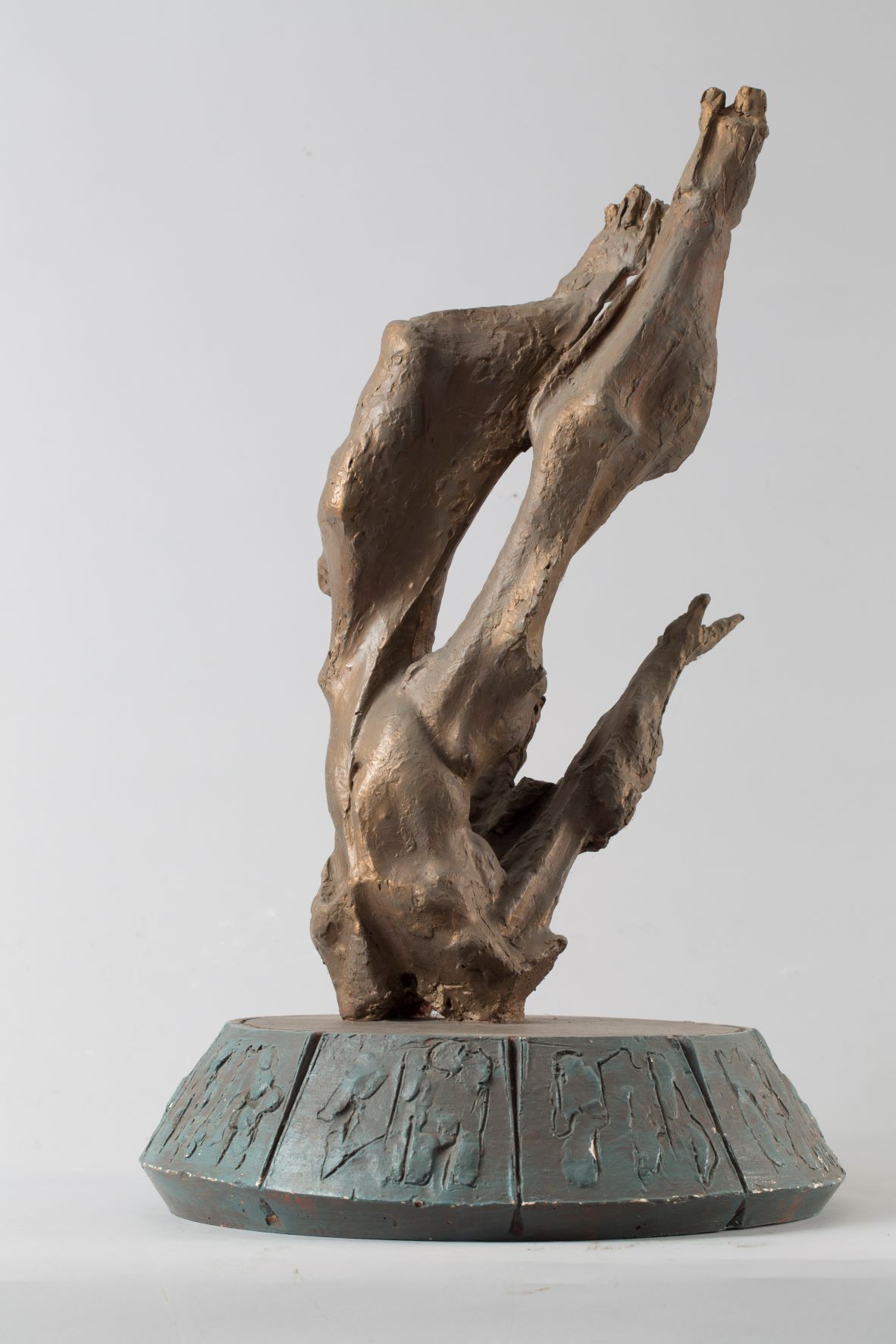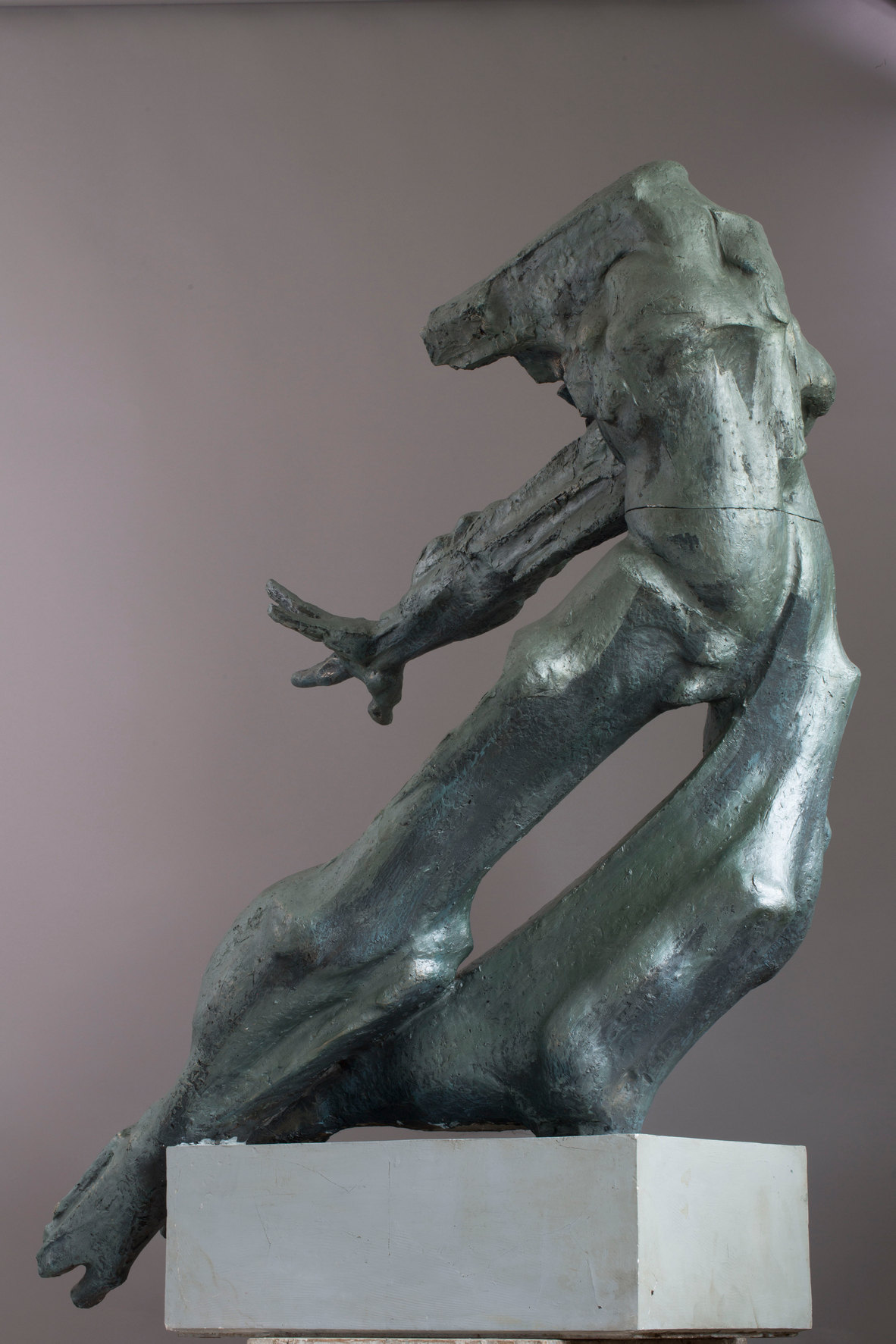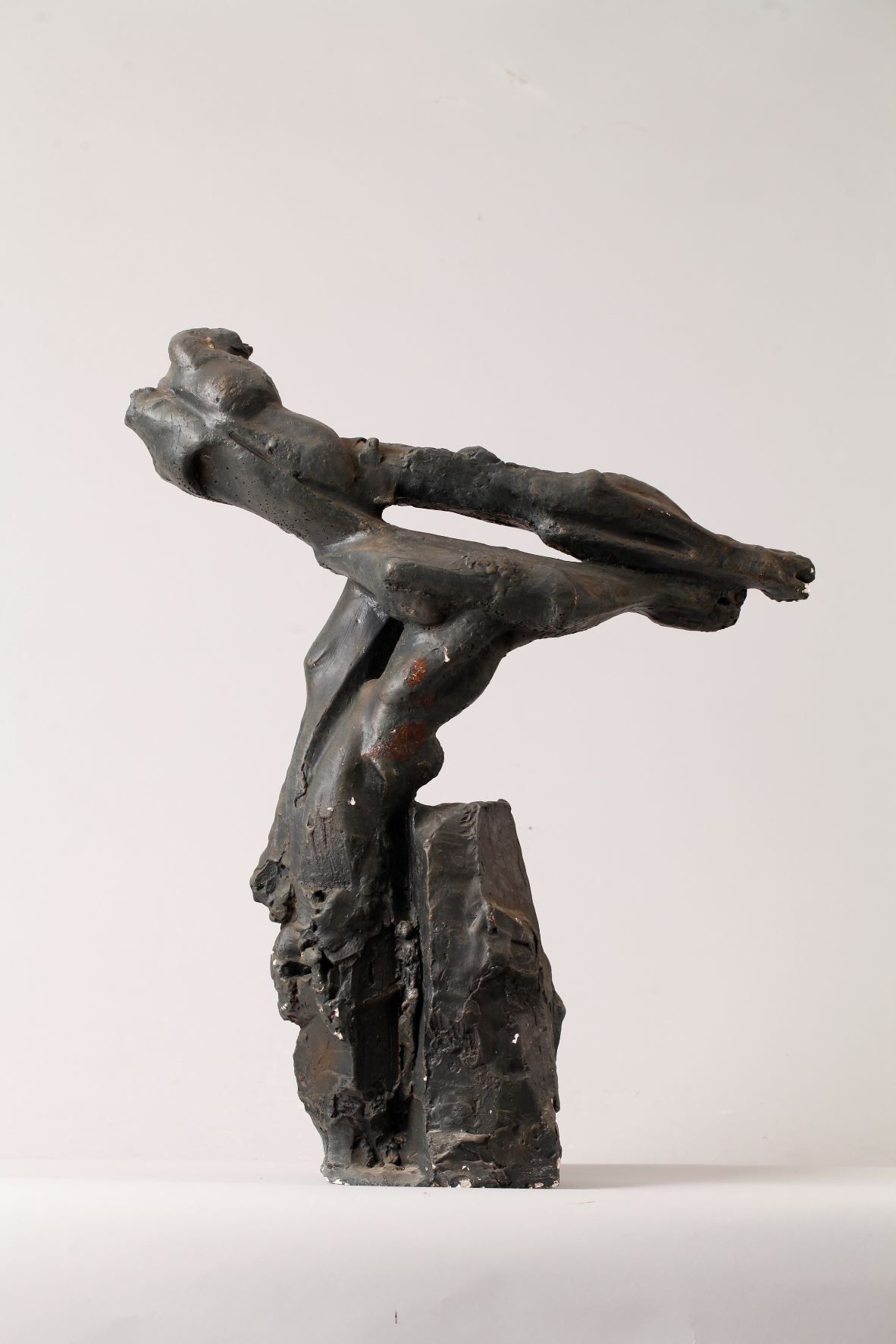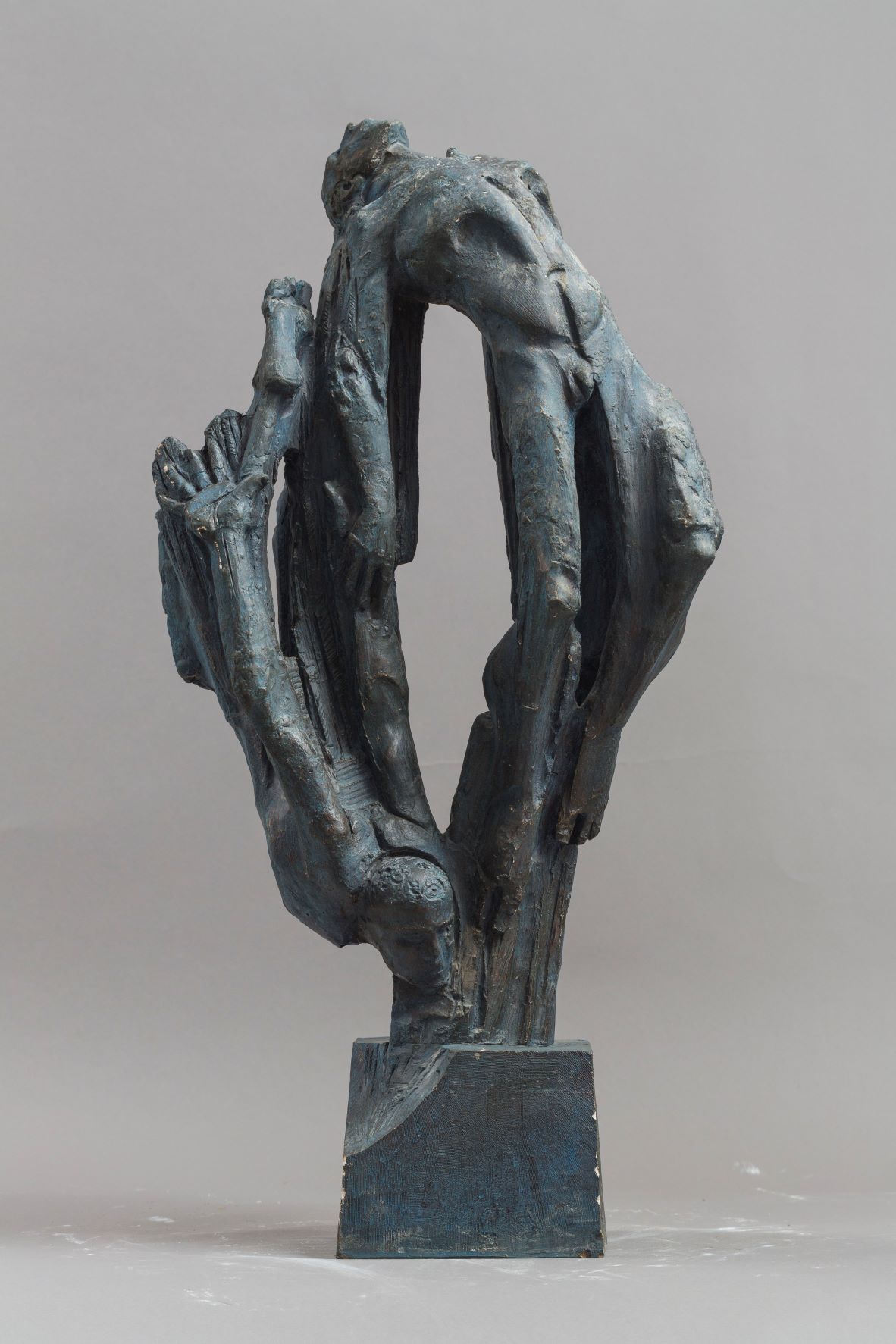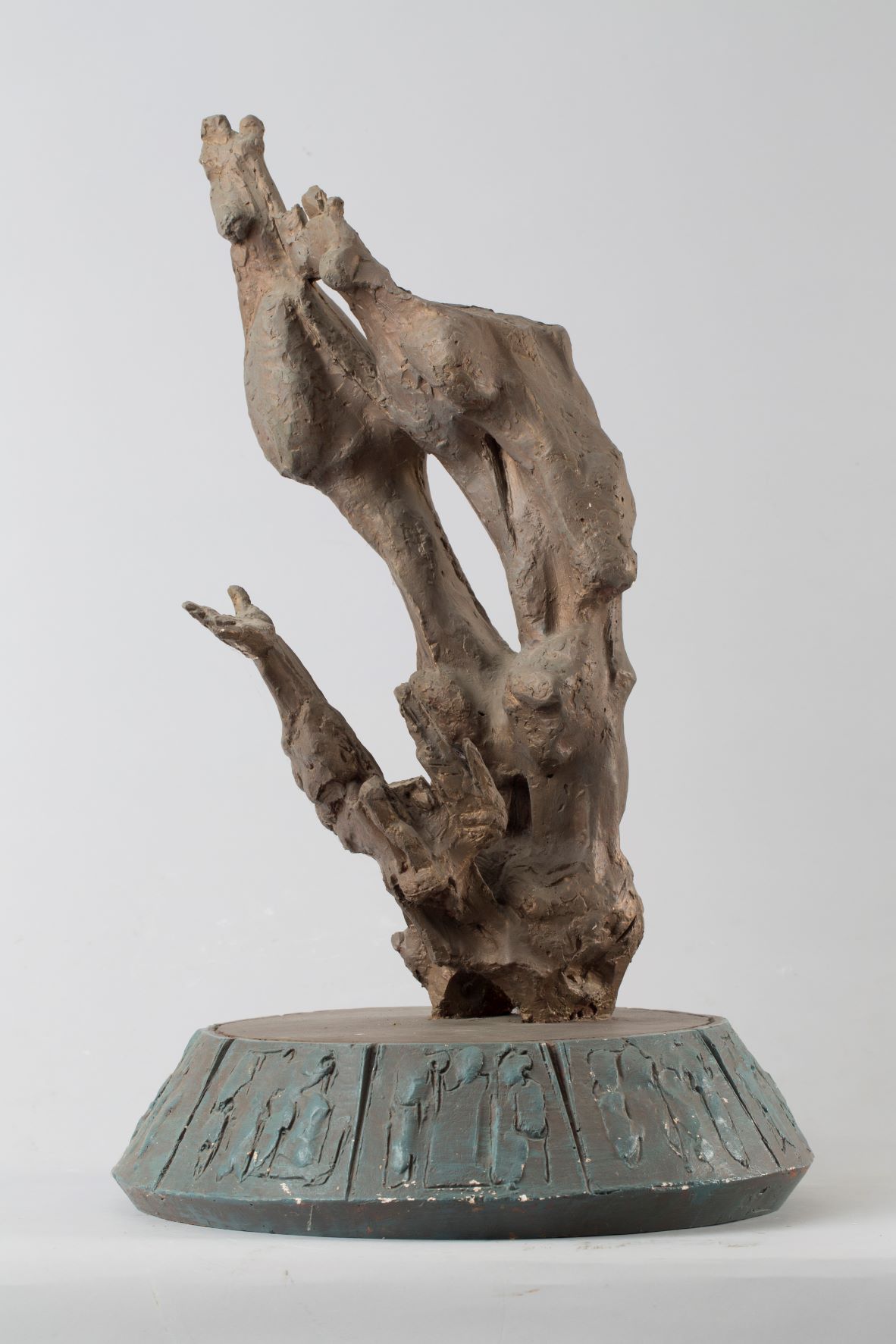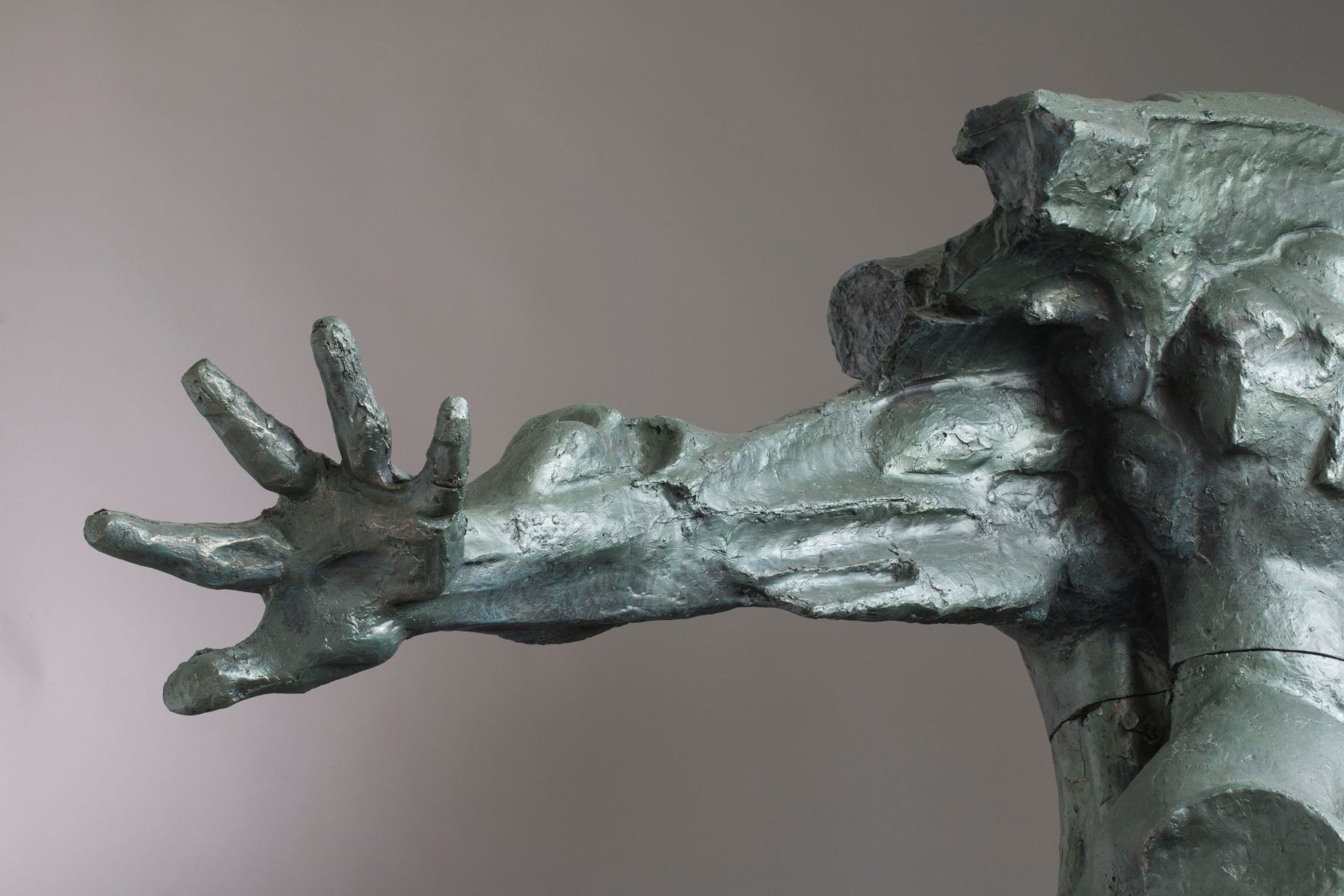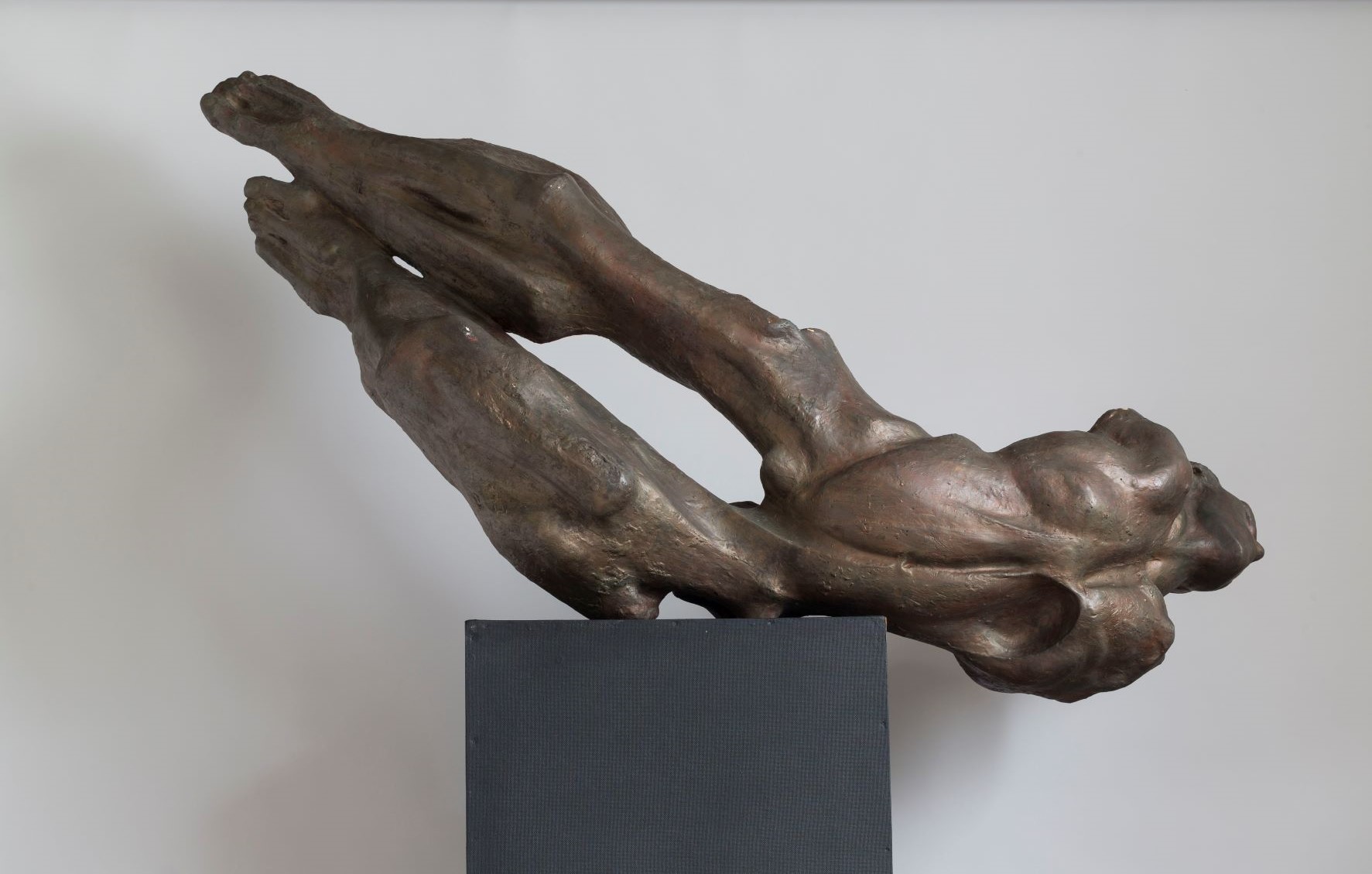Great effort, great responsibility - and great stress. In order to create a monument, it is necessary to spend sums that in the vast majority of cases exceed the financial capabilities of its designer. When the poet, poor as a church mouse, wrote: sonnet, his work is finished; the product of the author's inspiration, talent and formal research achieved its final form. A poem in a manuscript and a poem reproduced in millions of copies are the same poem. Printing does not affect the power of poetic expression; the aesthetic values of the volume, its circulation and the poet's popularity related to the amount of circulation are values separate from this power. The final effect of his work can also be seen by a painter, because although stretchers, canvases, paints, palettes and brushes cost more than paper and a pen, their price is still within the solvency limits of an average person. In the absence of patrons interested in a poem or a painting, painting and poetry can consolationly play the role of a private hobby.
A miniature model of a monument in a sculptor's workshop and a finished monument outdoors are two very different things - if only for the reason that we view the model from a bird's perspective against the background of a wall, and the finished monument from a frog's perspective against the background of the sky, green trees or architecture. The role of geometric dimensions is even more obvious: different emotions are aroused by sea waves that are half a meter high, others by those that are five meters high. Therefore, the creators of monuments are, to a greater extent than other artists - with the exception of composers of operas and works for large symphony orchestras - dependent on patronage. They can try to outwit the founder and cleverly smuggle in their own idea, but either the project will be accepted and financed by him, or they will never see their work in full scope and in full sunlight. To some extent, the answer to this addiction is the sculpture Daedalus and Icarus, which has always been present in Marian Konieczny's studio in Krakow's Salwator district and is invariably eye-catching, or more precisely, the one among its numerous versions, created over several decades, for which the professor has particular fondness. The first variants of the Daedalus and Icarus cycle attracted the attention of the public and professional critics already during the first "Krakow Meetings" in 1965, but unfortunately several were lost during subsequent moves. Carved expressively, they are more dynamic in their expression even than those monuments that we associate with a frozen film frame - such as Wojciech Bartosz Głowacki capturing the Tsar's cannon or Nike with his sword raised to strike. They consistently deviate from the Rodin tradition. - Daedalus and Icarus - comments Professor Konieczny - "haunted" me since junior high school, when I first read Ovid's poem written in beautiful hexameter: "Omnia posideat non posideat area Minos, "Minos had everything except air". How to fly, how how to get out of slavery, how to strive for freedom. Freedom from imposed authority? The force of gravity? I don't know, I can't pinpoint it. Maybe the motif of rise and fall is more important than freedom itself. I see falls and rises in all my works.
Not only me, every creator notices them. He starts doing something, flies up, then looks critically at his work and falls, but then gets up again. That's the thing. In every artistic work there is its author with all his possibilities and skills, but also with all his failures. Because imagination will always be more perfect than the implementation itself. Thought is volatile, realization is material. The act of creation is the process of bringing the imagination closer to the created work. They say that inspiration helps here - that is, a moment when a sudden subconscious connection of dexterity and manual skills, professional knowledge and feelings takes place. I am very satisfied if during five hours of work I had a quarter of this so-called "creative excitement". The rest is purely craftsmanship (I am by no means insulting the craftsmanship, which guarantees the solid implementation of what was conceived in that quarter of an hour). I will also add that Icarus was the subject of many works of art. Daedalus was forgotten, I was probably the first to expose him in this way. Deliberately, after all, he was a fellow sculptor... In the context of these reflections, it is worth emphasizing the talent of the Greeks in building intellectual structures far from ethical unambiguity. The legendary Minos was not, after all, a brutal , a mentally limited tyrant. He was born after the consummation of Zeus' affair with Europa, so he did not have to be ashamed of his parents and fall into various complexes because of them. He created a reasonable law, led Crete to cultural flourishing, ~wealth and power_-, When Poseidon acted ugly making Pasifae fall in love with the bull, he did not order the destruction of the wicked wife or her monstrous son; true, on the other hand, it is difficult to approve of feeding the Minotaur with people, even if they were Achaeans, who were vulgar at that time compared to the Cretans. Treacherously murdered in Sicily, after his death he received an honorable and answer by the will of the gods


